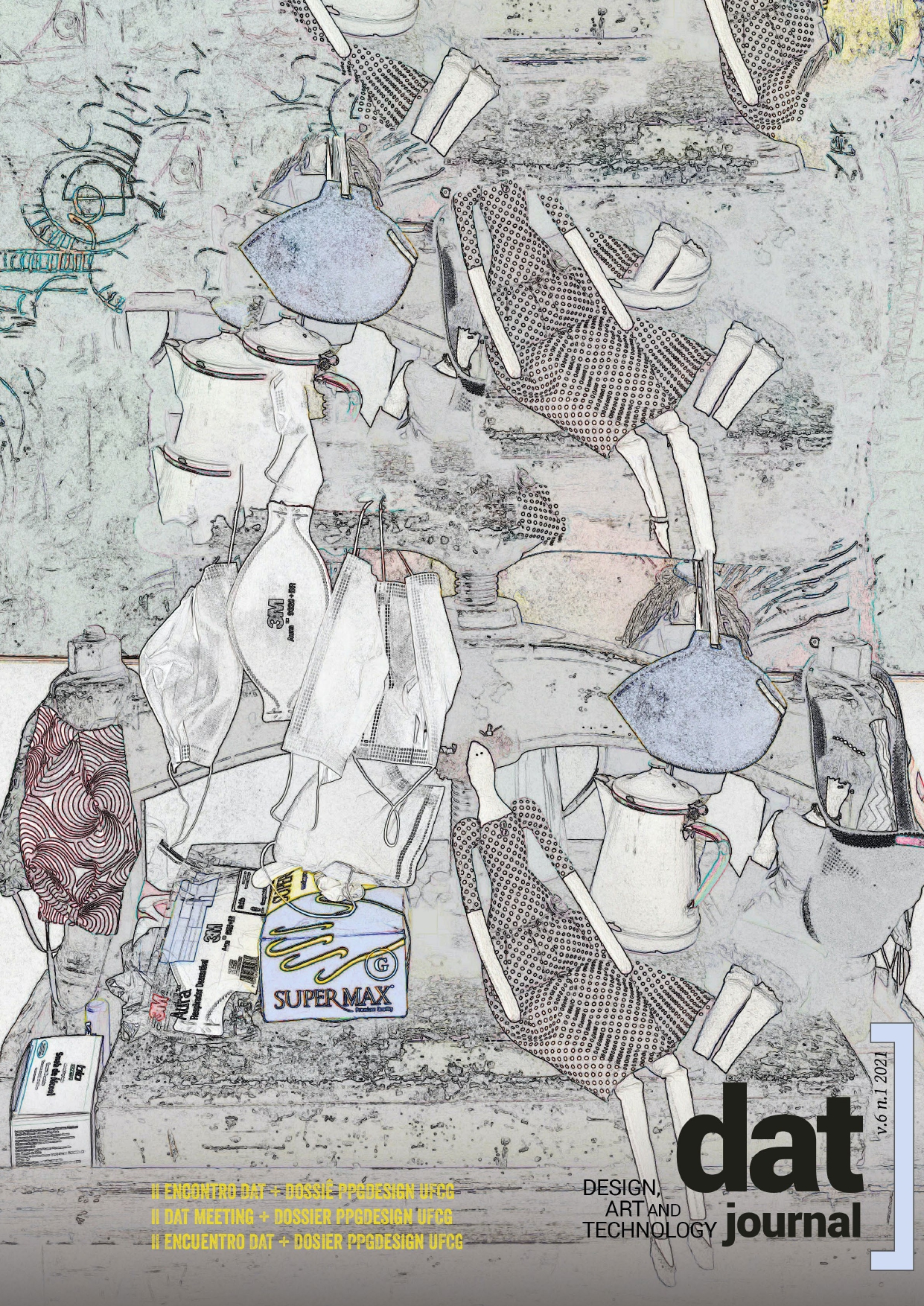Third Generation Electronic Literature
DOI:
https://doi.org/10.29147/dat.v6i1.346Keywords:
Eletronic Literature, E-lit, Third generation E-lit, MemesAbstract
The history of electronic literature is inextricably linked to the history of computing and networks. As computers become increasingly powerful, accessible, and ubiquitous, so is their user base. As digital networks migrated from dial-up to the Web and corporate social media networks, the scale of digital communication and the public grew exponentially. Assuming that a percentage of users of these media seek to creatively explore the writing possibilities offered by these technologies, we could expect an equivalent level of growth in the production and publication of electronic literature. is this true? What if this is happening, but in a way that is not recognizable by the field as it currently defines itself? What is the place of electronic literature in our exhaustively connected world How can it become better known? To begin answering these questions, this article describes a paradigm shift that opens the door to the third generation of electronic literature.
Downloads
References
BERENS, Kathi Inman. "Populist Modernism: Printed Instagram Poetry and the Literary Highbrow." Electronic Literature Organization Conference, Montreal, 2018.
BIGELOW, Alan. How To Rob A Bank. 2017. (https://webyarns.com/howto/howto.html)bpNICHOL. First Screening. 1984. (http://vispo.com/bp/)
COOVER, Roderick and Scott Rettberg. Hearts and Minds. 2016. (https://www.crchange.net/hearts-and-minds/)
CORTÁZAR, Julio. Rayuela. Buenos Aires: Pantheon Books, 1963.
MELO E CASTRO, E.M. Roda Lume. 1968. (https://po-ex.net/taxonomia/materialidades/videograficas/e-m-de-melo-castro-roda-lume/)
FUNKHOUSER, Christopher T. New directions in digital poetry. New York: Continuum, 2012.
FUNKHOUSER, Christopher T. Prehistoric Digital Poetry: An Archaeology Of Forms, 1959-1995. The University of Alabama Press, 2007.
GACHE, Bélen. Word Toys. 2006. http://belengache.net/gongorawordtoys/.
HAYLES, N. Katherine. "Electronic Literature: What is it?" Doing Digital Humanities: Practice, Training, Research, 2007, p.197-226. Disponível em: https://eliterature.org/pad/elp.html. Acesso em: 10 jan. 2021.
Hayles, N. Katherine. Electronic Literature: New Horizons for the Literary. South Bend: Notre Dame UP, 2008.
HAYLES, N. Katherine. Keynote. Electronic Literature: State of the Arts Symposium. UCLA. April 5, 2002.
Hayles, N. Katherine. Print is flat, code is deep: The importance of media-specific analysis. Poetics Today, Durham, vol. 25.1, p.67-90, 2004. Disponível em: https://read.dukeupress.edu/poetics-today/article-abstract/25/1/67/20810/Print-Is-Flat-Code-Is-Deep-The-Importance-of-Media. Acesso em: 10 jan. 2021.
LEWIS, Jason and Bruno Nadeau. The P.o.E.M.M. Cycle (Poetry for Excitable [Mobile] Media). 2014. (http://collection.eliterature.org/3/work.htmlwork=vital-to-the-general-public-welfare)Kac, Eduardo. Não. 1982. (http://dtc-wsuv.org/elit/elit-loc/eduardo-kac/)
KIRSCHENBAUM, Matthew G. ELO and the Electric Light Orchestra: Electronic Literature Lessons from Prog Rock. Materialities of Literature, Coimbra, vol. 6:2, p.27-36, 2018. Disponível em: https://impactum-journals.uc.pt/matlit/article/view/2182-8830_6-2_2 . Acesso em: 12 jan. 2021.
MATEAS, Michael and Andrew Stern. Façade. (http://collection.eliterature.org/2/works/mateas_facade.html)
MENCIA, Maria. El Poema Que Cruzó el Atlántico. 2017. (http://winnipeg.mariamencia.com/poem/)
MONTFORT, Nick. Taroko Gorge. 2009. (https://nickm.com/taroko_gorge)
SAUM-PASCUAL, Alex. #Postweb! Crear con la máquina y en la red. Madri/Frankfurt: Iberoamericana/ Editorial Vervuert, 2018.
PRESSMAN, Jessica. Digital Modernism: Making It New in New Media. Nova York: Oxford University Press, 2014.
SEIÇA, Álvaro. setInterval (): Time-Based Readings of Kinetic Poetry. Tese (Doutorado em Linguística, Estudos Literários e Estéticos) – Universidade de Bergen. Bergen, p. 2018.
SHORT, Emily. Galatea. (http://collection.eliterature.org/1/works/short__galatea.html)
SKAINS, R. Lyle. Not Sold in Stores: The Commercialization Potential of Digital Fiction. Electronic Literature Organization Conference, Montreal, 2018.
TENDER CLAWS. Pry. 2015. (https://tenderclaws.com/pry)
TXTSTORIES. Lazy Cat. 2018. (https://www.facebook.com/txtstories/videos/234390640463135)
VECTORPARK. Metamorphabet. 2018. (http://metamorphabet.com)
YOUNG HAE CHANG HEAVY INDUSTRIES. The Struggle Continues.2008 (http://www.yhchang.com/THE_STRUGGLE_CONTINUES.html)


























